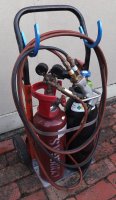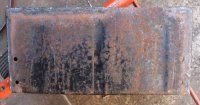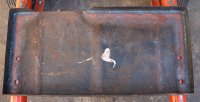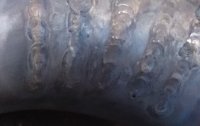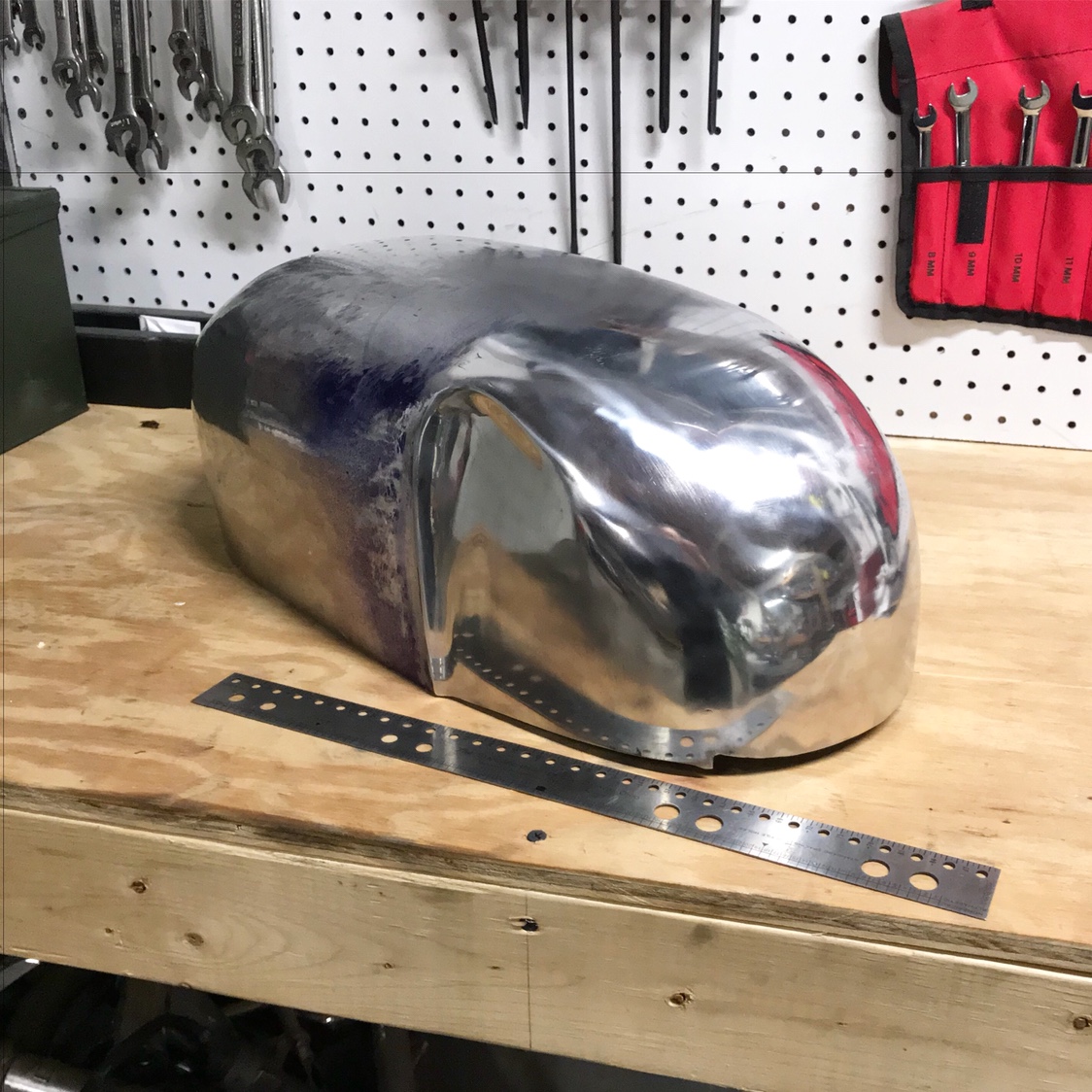M
morgs88
Guest
Welding is a art....
I have to use grinding discs to finish my welds...
These guys don’t!
https://twistedsifter-files-wordpress-com.cdn.ampproject.org/i/s/twistedsifter.files.wordpress.com/2015/08/welds-by-scott-raabe-1.jpg
Sent from my iPhone using DO THE TON
I have to use grinding discs to finish my welds...
These guys don’t!
https://twistedsifter-files-wordpress-com.cdn.ampproject.org/i/s/twistedsifter.files.wordpress.com/2015/08/welds-by-scott-raabe-1.jpg
Sent from my iPhone using DO THE TON



